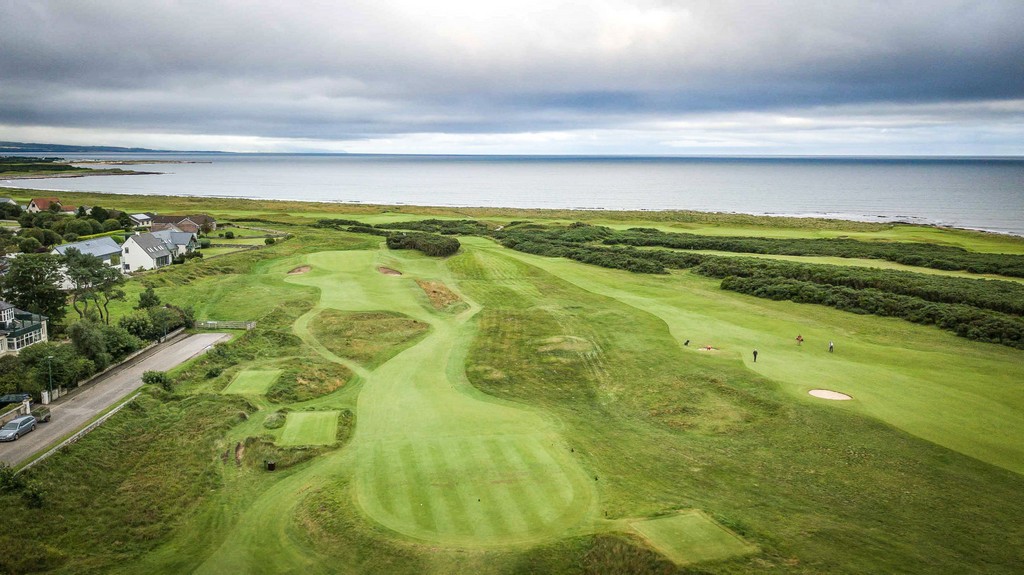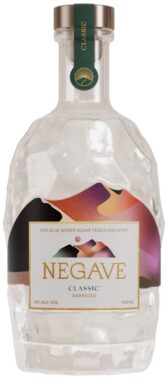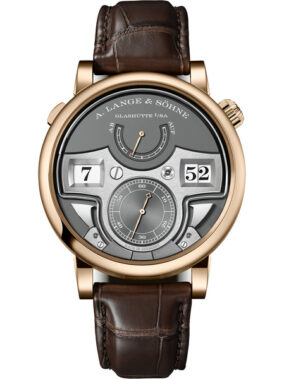The official logo of Royal Dornoch reads, “Golf Since 1616,” even though the renowned golf club was “only” founded in 1877. The reference is to the fact that golf was a popular pastime in the town, located on the northeastern coast of Sutherland, the heart of the Highlands in northern Scotland, as early as the 17th century. Delving deeper, evidence suggests that golf was being played in the Highlands as early as the 13th century.
The town of Dornoch was established during the 12th century and is now a picturesque town with about 1,400 residents. It boasts a 13th-century cathedral, a large and well-preserved 15th-century castle, an ancient bishop’s palace, a stunning North Sea beach, and one of Scotland’s, and the British Isles’, most legendary golf clubs.
The club features two 18-hole golf courses: the Championship Course and the Struie Course. The Championship Course, which hosted the British Open in 1985 and has held the Scottish Open three times, consistently ranks highly in international rankings. Golf Digest, which compiles the “Top 100 Courses in the World” list and is considered the unofficial ranking authority of golf courses globally, regularly places it in the top five.

The original design of the course is attributed to Tom Morris, the legendary designer of most of the best courses in the British Isles. Morris was the one who argued that the bunkers should be adapted to the natural landscape rather than the other way around—a principle that is still widely accepted today. It sounds logical and simple, but it wasn’t always the case.
The original bunkers are located along a small ridge that curves into Dornoch Bay, while the remaining bunkers follow the line of the nearby North Sea coast. This is where golf was born. The preferred accommodation in the area is undoubtedly the club’s own hotel (Royal Golf Hotel), located just thirty meters from the first tee.
Bottom line: Golf from the cradle of the game.











